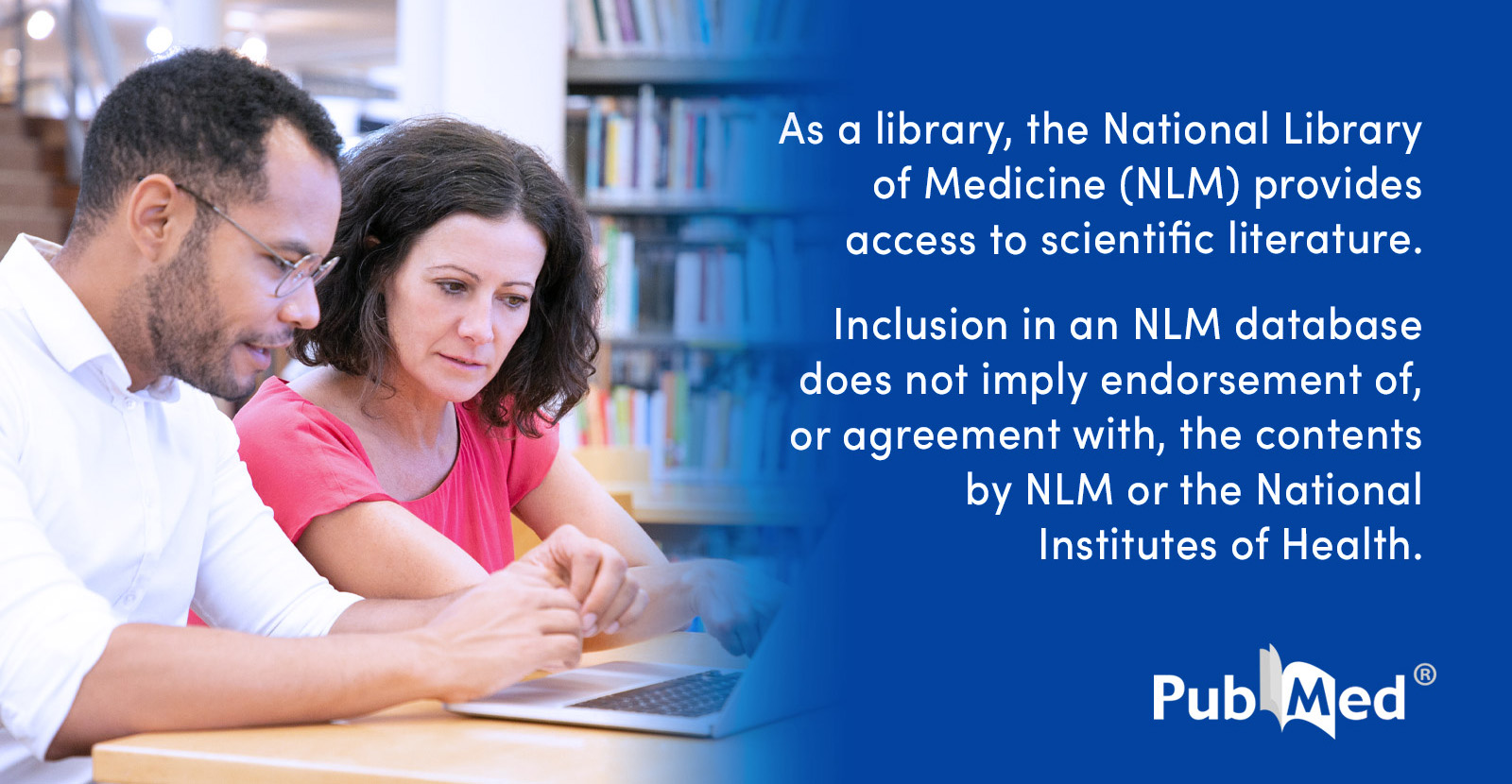Balding Subhuman
Domesticating wolves was a mistake.
★★★★★
- Joined
- Dec 4, 2021
- Posts
- 11,808

Glutamate/GABA+ ratio is associated with the psychosocial domain of autistic and schizotypal traits - PubMed
These findings demonstrate evidence for an association between excitatory/inhibitory neurotransmitter concentrations and symptoms that are shared between the autism and schizophrenia spectra.
Glutamate/GABA+ ratio is associated with the psychosocial domain of autistic and schizotypal traits
Methods: A total of 37 adults (19 female, 18 male) aged 18-38 years completed the Autism Spectrum Quotient (AQ) and Schizotypal Personality Questionnaire (SPQ), and participated in the resting state proton magnetic resonance spectroscopy study in which sequences specific for quantification of glutamate and GABA+ concentration were applied to a right and left superior temporal voxel.
Results: There were significant, moderate, positive relationships between right superior temporal glutamate/GABA+ ratio and AQ, SPQ and AQ+SPQ total scores (p<0.05), SPQ subscales Social Anxiety, No Close Friend, Constricted Affect, Odd Behaviour, Odd Speech, Ideas of Reference and Suspiciousness, and AQ subscales Social Skills, Communication and Attention Switching (p<0.05); increased glutamate/GABA+ coinciding with higher scores on these subscales. Only the relationships between glutamate/GABA+ ratio and Social Anxiety, Constricted Affect, Social Skills and Communication survived multiple comparison correction (p< 0.004). Left superior temporal glutamate/GABA+ ratio reduced with increasing restricted imagination (p<0.05).
Conclusion: These findings demonstrate evidence for an association between excitatory/inhibitory neurotransmitter concentrations and symptoms that are shared between the autism and schizophrenia spectra.
WAYS TO INCREASE GABA
GABA concentration in sensorimotor cortex following high‐intensity exercise and relationship to lactate levels - PMC
Magnetic resonance spectroscopy was conducted before and after high‐intensity interval exercise. Sensorimotor cortex GABA concentration increased by 20%. The increase was positively correlated with the increase in blood lactate. There was no change ...
GABA concentration in sensorimotor cortex following high‐intensity exercise and relationship to lactate levels
Key points
- Magnetic resonance spectroscopy was conducted before and after high‐intensity interval exercise.
- Sensorimotor cortex GABA concentration increased by 20%.
- The increase was positively correlated with the increase in blood lactate.

Working out the worries: A randomized controlled trial of high intensity interval training in generalized anxiety disorder - PubMed
HIIT was highly effective and fast acting in GAD. Therefore, it may complement first-line treatment approaches in this condition.
 pubmed.ncbi.nlm.nih.gov
pubmed.ncbi.nlm.nih.gov

Working out the worries: A randomized controlled trial of high intensity interval training in generalized anxiety disorder - PubMed
HIIT was highly effective and fast acting in GAD. Therefore, it may complement first-line treatment approaches in this condition.
Working out the worries: A randomized controlled trial of high intensity interval training in generalized anxiety disorder
Results: Both interventions showed moderate or large effects on all clinical measures. However, effects for HIIT were generally about twice as high as for LIT. PC negatively correlated with GAD severity in the whole sample at baseline but an association of training-induced changes in PC and worrying were exclusively detectable in HIIT.
Conclusion: HIIT was highly effective and fast acting in GAD. Therefore, it may complement first-line treatment approaches in this condition.

Meditation-related increases in GABAB modulated cortical inhibition - PubMed
These findings indicate meditation processes are linked to GABAergic cortical inhibition, a mechanism previously implicated in improved cognitive performance and enhanced emotional regulation.
Meditation-related increases in GABAB modulated cortical inhibition
Background: Recent reports suggest meditation practice improves attentional performance and emotional regulation. The process of meditation apparently increases activation in the prefrontal cortex (PFC) and stimulates the reticular nucleus of the thalamus, implicating the production and delivery of the inhibitory neurotransmitter gamma-aminobutyric acid (GABA). GABAergic inhibitory interneurons have a central role in cortical inhibition (CI), modulating cortical excitability and neural plasticity.
Conclusion: These findings indicate meditation processes are linked to GABAergic cortical inhibition, a mechanism previously implicated in improved cognitive performance and enhanced emotional regulation.





